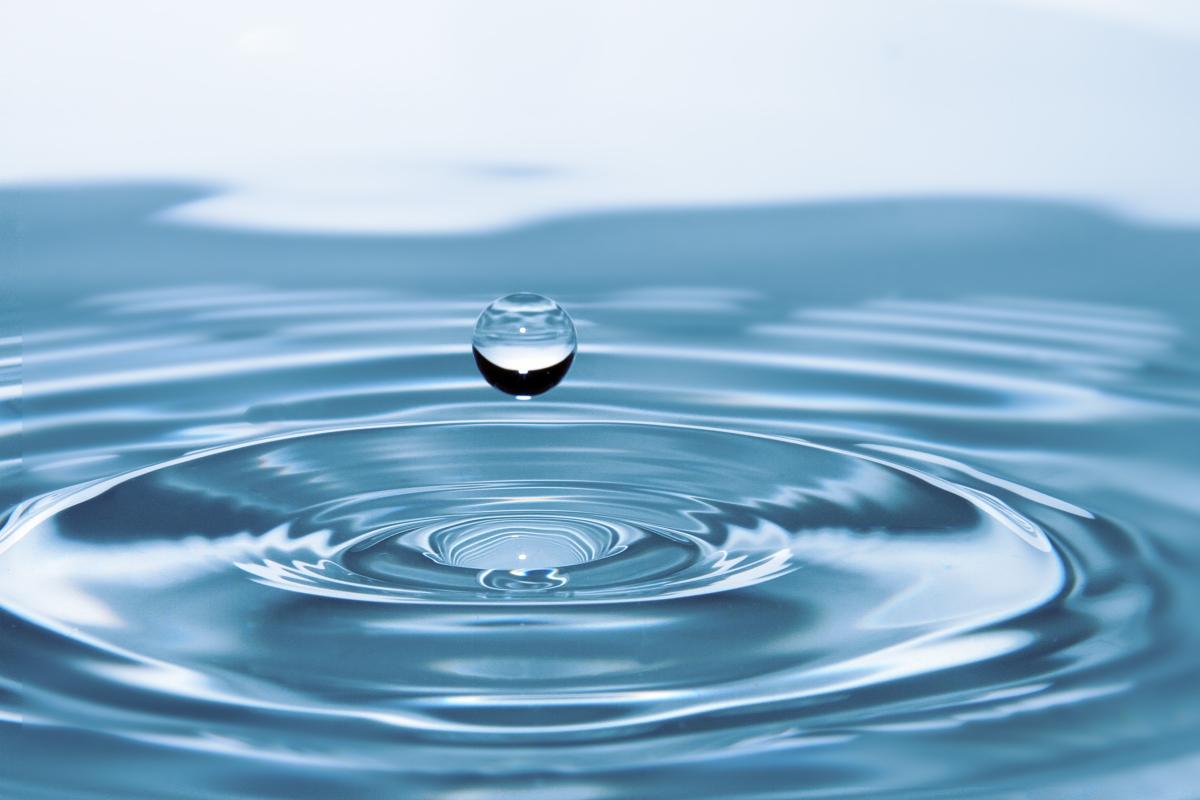
Splash of Science
Students measure the temperature of water as it cools to learn about heat transfer and thermal properties while using line of best fit, linear regressions and/or quadratic regressions.

Students measure the temperature of water as it cools to learn about heat transfer and thermal properties while using line of best fit, linear regressions and/or quadratic regressions.
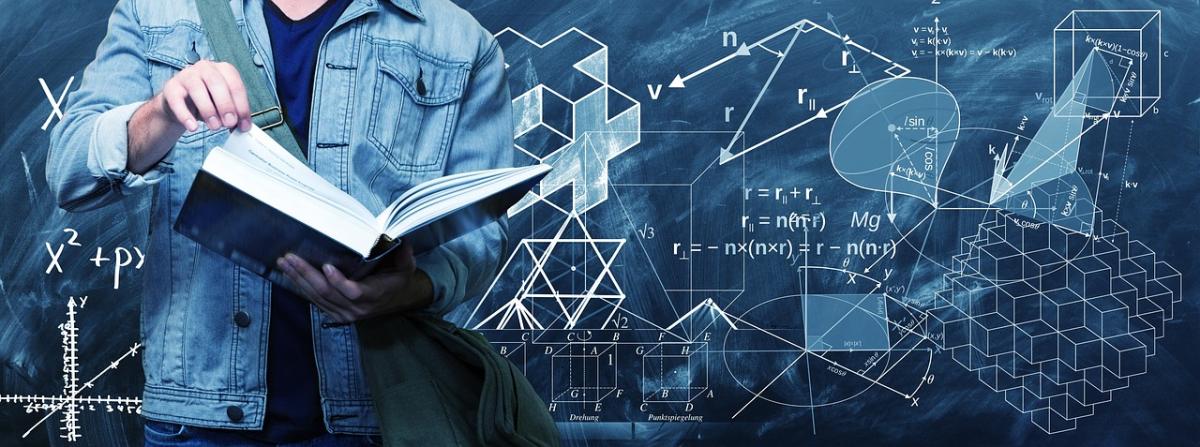
Inspired by the picture book, "Count on Me," Kindergarten students will demonstrate the Engineering Design Process by collaboratively creating a model of a new toy for their playground, observing the
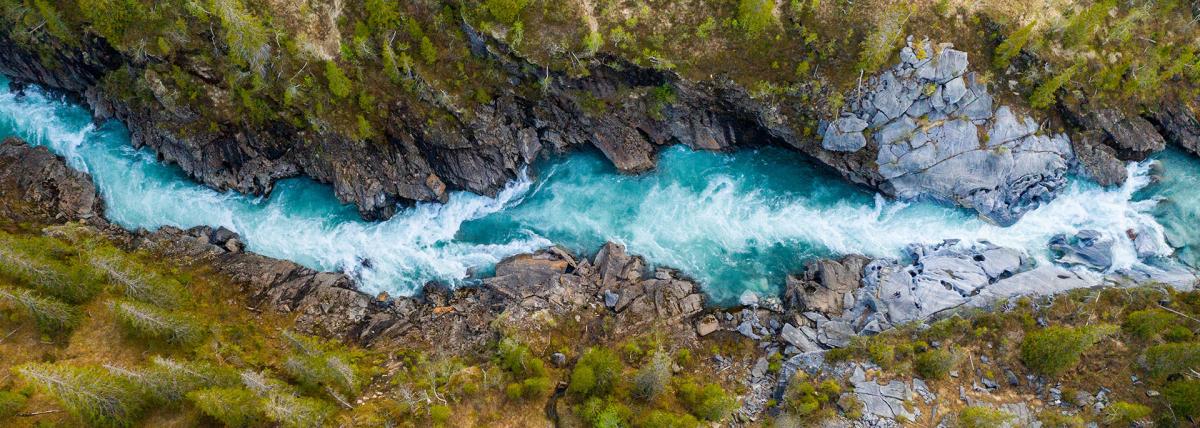
A lesson to teach students how to collect, organize, interpret data, make inferences, raise awareness, and suggest possible solutions on the water quality of the waterbodies in the state of Arizona.
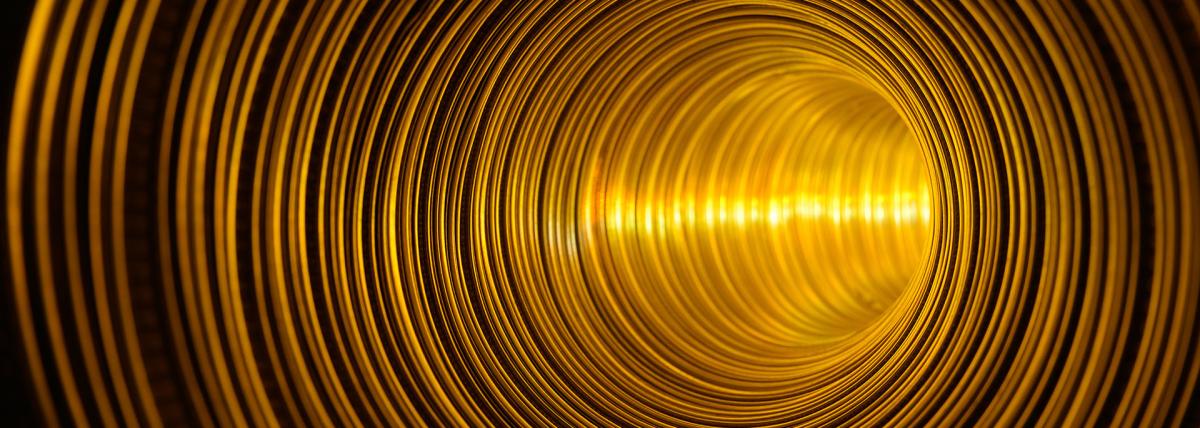
This lesson plan will equip the students with the basic understanding of the forms of electromagnetic waves. It also includes a hands-on activity on assessing EMF radiation levels in classrooms that
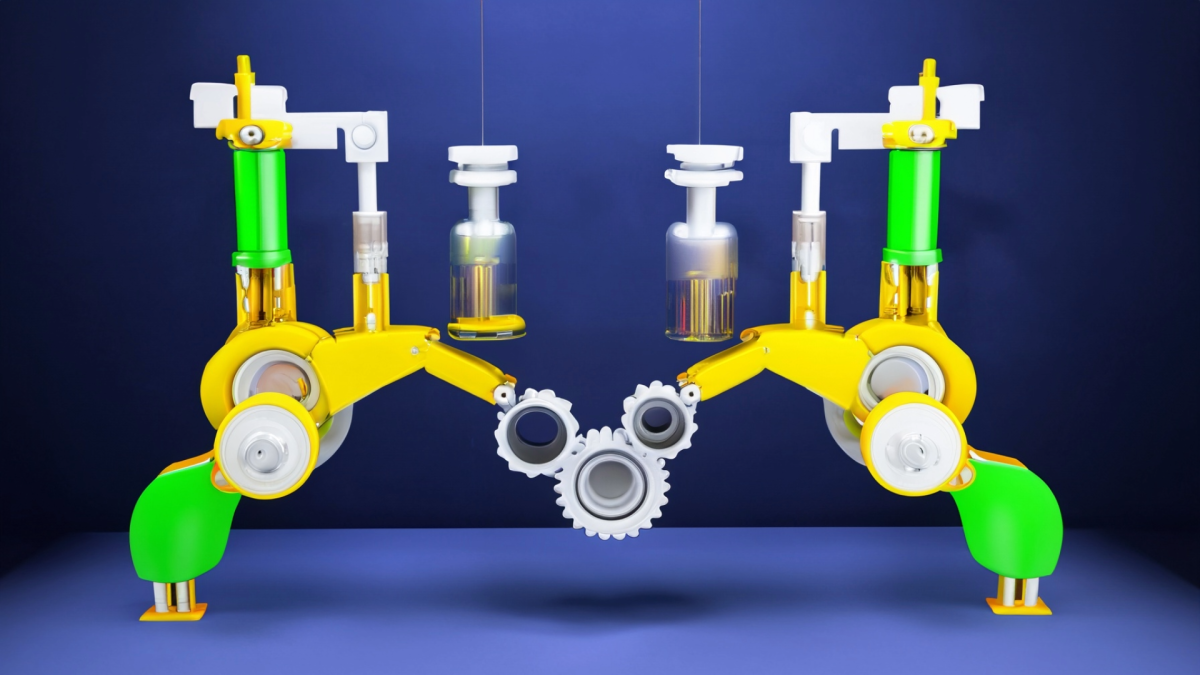
Students will construct an explanation using evidence to demonstrate that objects can affect other objects even when they are not touching. They will explore electric, magnetic, and gravitational

The objective of this lesson is for students to use the design process to design their own solar dehydrator. When students are designing their own solar dehydrator, there are several key aspects they
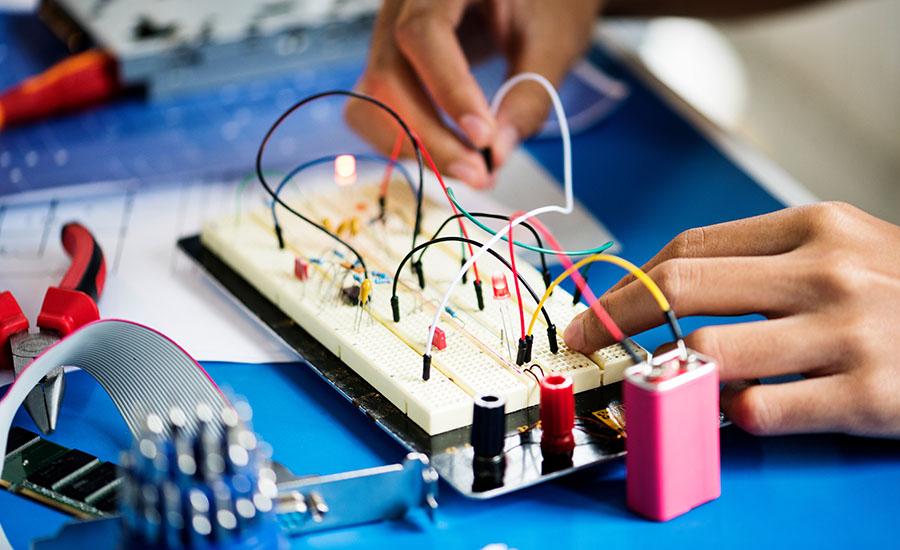
In this lesson, students will explore how energy works using circuits and stored energy.
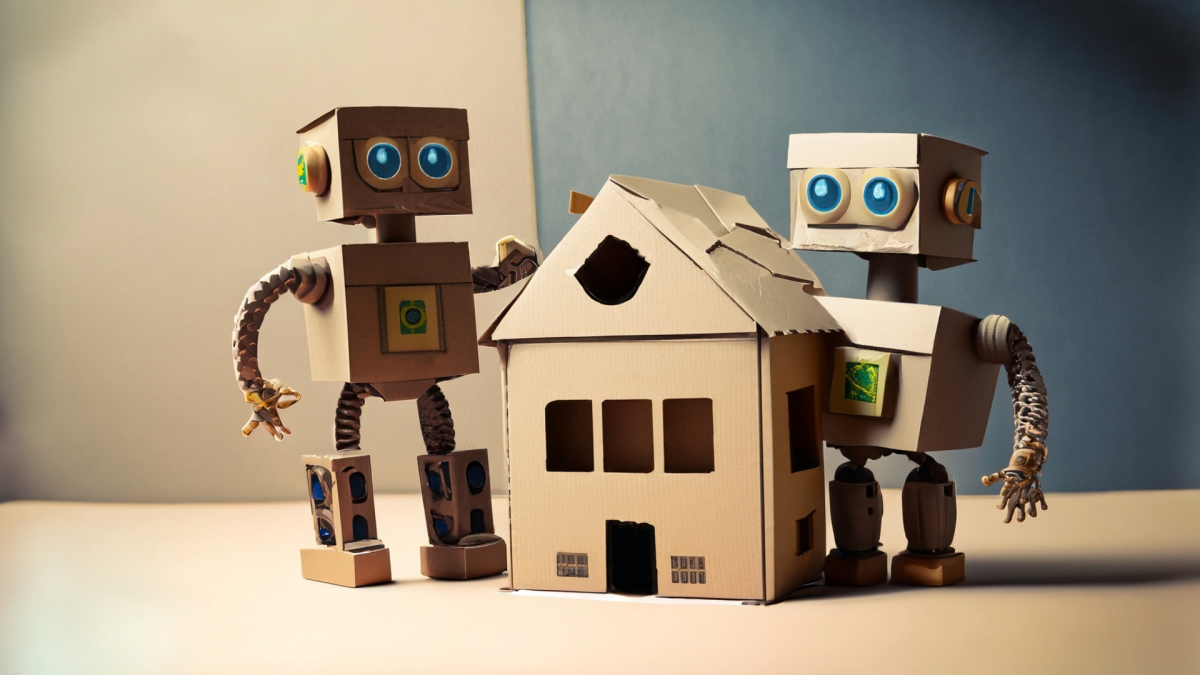
This multi-day activity is designed for an introductory 4th grade STEM after school club. It can be easily modified for whole classes and for lower and upper grade levels. The activity has students
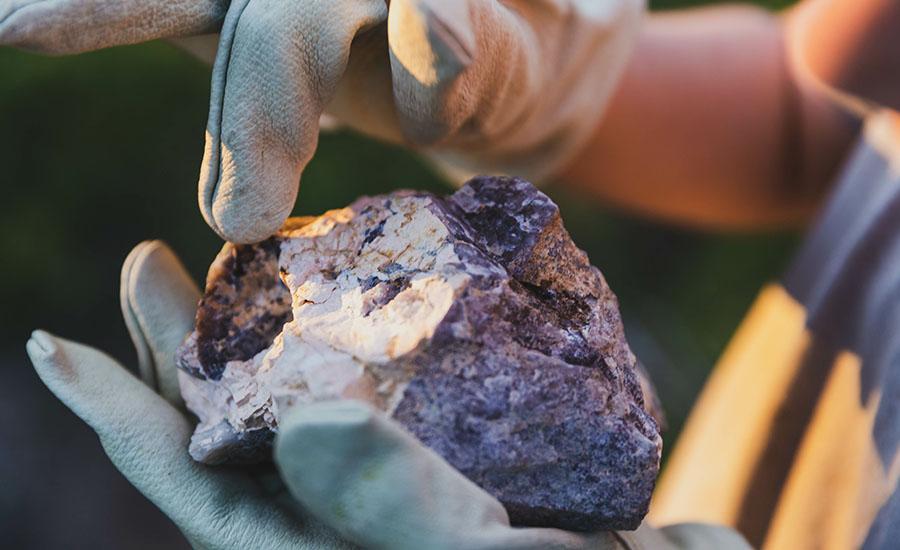
Today, we will articulate the concept that a mineral is a naturally occurring solid with a distinctive crystal shape. Today, we will illustrate that rocks are composed of individual mineral pieces